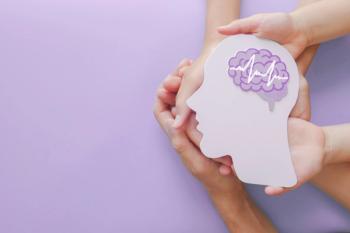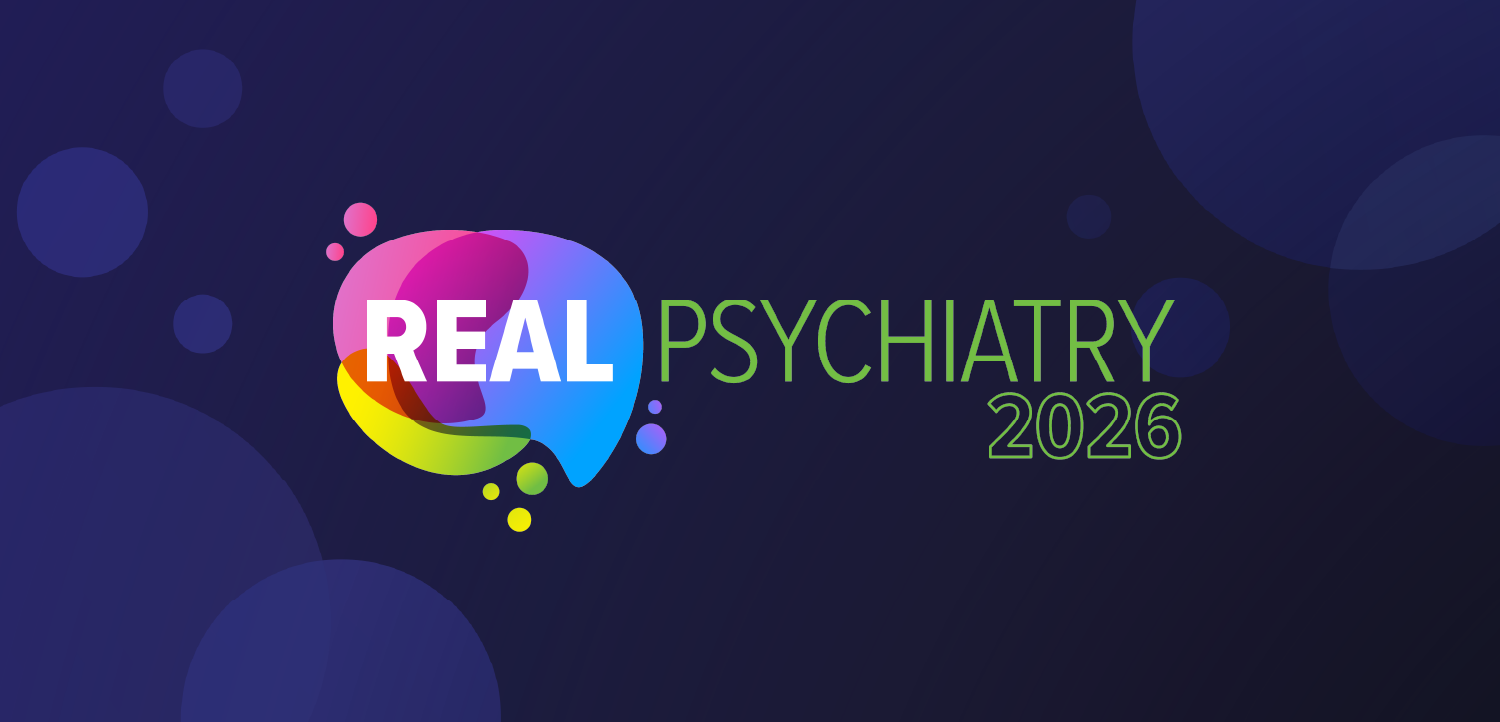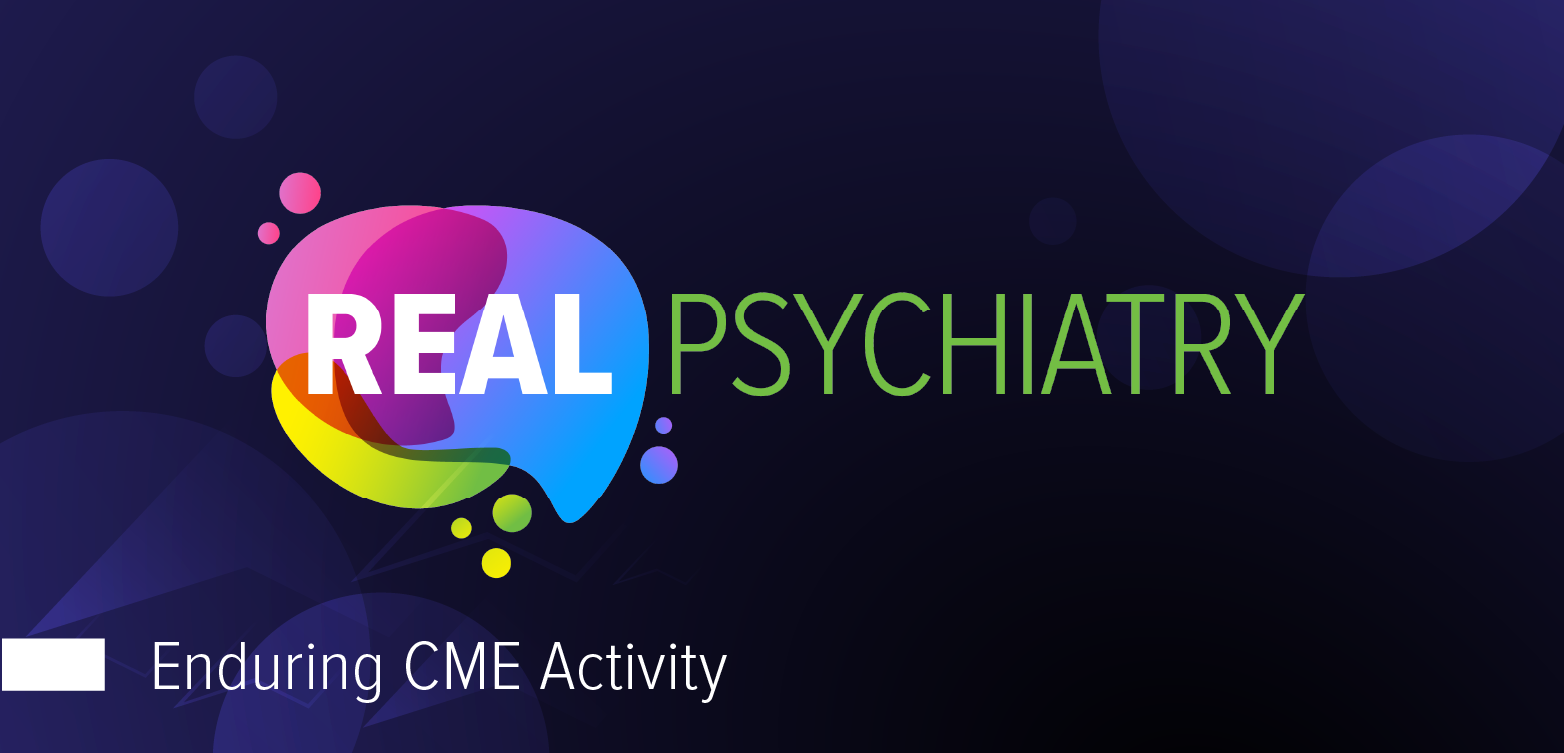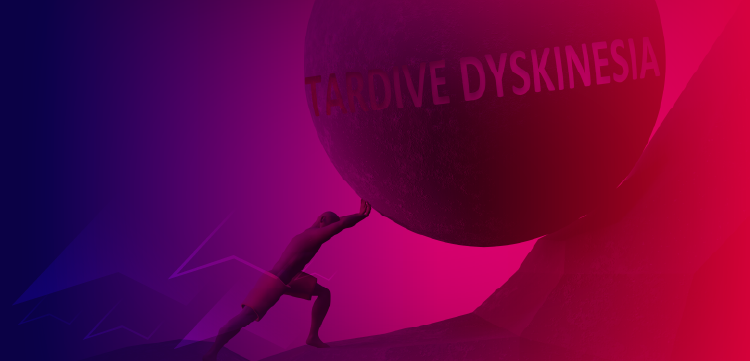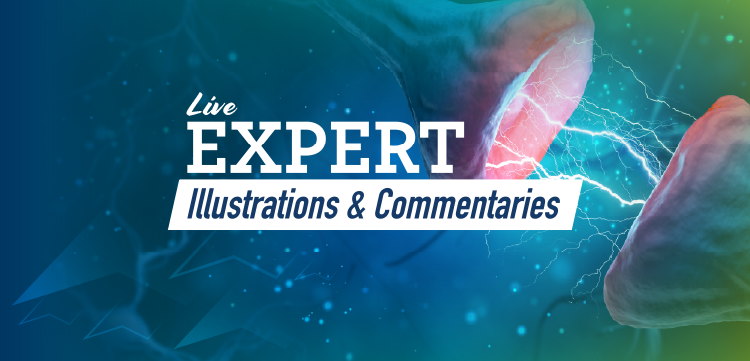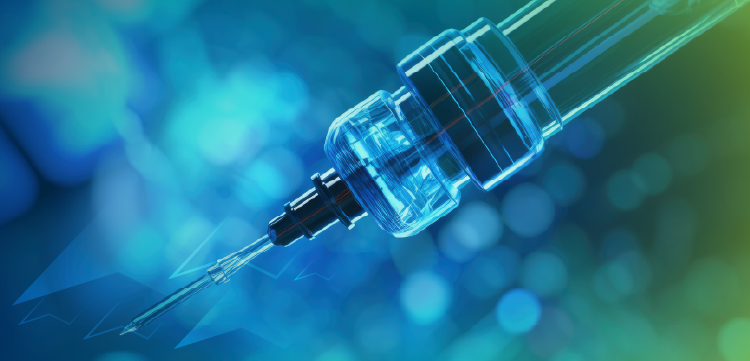
- Psychiatric Times Vol 26 No 9
- Volume 26
- Issue 9
The Teenaged Brain: Part 2
In our last installment, we discussed a familiar finding from the National Comorbidity Survey Replication (NCS-R): the peak age of onset for any mental health disorder is about 14 years. In an attempt to explain these data, we are exploring some of the known developmental changes in the teenaged brain at the level of gene, cell, and behavior.
In our
We discussed in the
Here we will attempt to answer this question. Three psychopathologies will be examined: affective disorders, anxiety disorders, and risk-taking activities-behaviors that may underlie
As we will discover, demonstrating that this is indeed the biological basis for their numbers has proved to be surprisingly elusive. The relationship between the
ANXIETY AND DEPRESSION
Are there any cellular or even molecular explanations for these data? Unruly and wildly fluctuating hormonal changes are usually invoked to account for some of the risk associated with the adolescent-related affective disorders. That invocation may be well founded, with some of the strongest data coming from epidemiological investigations.
It is well established, for example, that changes in the prevalence for female depressive and anxiety disorders first show up midway through adolescence. The prepubertal ratio (female to male) is 1:1. By the time the adolescents have transited through Tanner stage III, that ratio has changed to 2:1. (As you may recall, the Tanner system [stages I through V] is devised to describe the typical transit through puberty for both males and females [
Are there any
As you may recall, THP is released during stress. Normally, it provides an anxiolytic effect on mouse behavior. This behavioral change is mediated by the binding and subsequent activation of γ-aminobutyric acid, type A (GABAA) receptors-the same receptors activated by benzodiazepines and alcohol. Oddly enough, a specific subtype of the GABAA receptor, called an a4b2d receptor, is associated with an extraordinarily different response. If THP binds to this subtype, it increases anxiety in the animal, mediating a response directly opposed to the typical GABAA receptor behaviors. Researchers have recently shown that the expression of this subtype is greatly increased as the mouse transits through puberty. The increase is region-specific, most prevalent in the CA1 region of the hippocampus (known to be involved in memory formation). Convincingly, the increase in normally observable anxiety is blocked if the animal is prevented from making THP!
Though these hints are tantalizing, they say little about human behavior. For that we have to turn to examining the living brain, and these days that means functional MRI (fMRI). Do noninvasive brain-imaging studies reveal linkages to data from these images? Do they say anything about the anxiety-ridden or depressed teenaged brain? The answer to the first question is “no,” but the answer to the second question is a tentative “maybe.”
There is clear evidence that adolescents with both anxiety and depression have odd amygdala-associated reactions to typical social stimuli when compared with controls. The data are unsatisfying, mostly because they are associative. But combined with other research, an interesting picture may be emerging of the manner in which emotional stimuli are perceived in these youthful populations. Researchers have found evidence for anomalous adolescent cortical responses to emotional stimuli, for example.
Typical experiments (which usually involve both adults and adolescents in fMRI studies) consist of 2 phases:
• While their brains are being imaged, the subjects are asked to make emotional evaluations of faces bearing various kinds of emotion-competent expressions.
• While still in the machine, subjects are asked to make nonemotional statements about those same faces. When subjects encounter a joyous face, they might be asked, “How happy do you feel after seeing this?” Then they might be asked, “What color is the hair?”
The results are consistent: the adults in these studies actively engage the orbitofrontal cortex whenever this switch occurs. The adolescents do not. When these studies are combined with other data, the picture emerges that adolescents are abnormally engaging specific brain regions to externally presented emotionally competent stimuli. There are hints that these youngsters consistently provide unreal-istic evaluations of these emotions wherever they perceive them. These appraisals may act as triggering responses to depressive and anxiety-related disorders.
RISK TAKING AND SUBSTANCE ABUSE
Epidemiological studies clearly point to the fact that adolescents are more likely to experiment with controlled substances than any other age-group. Do any of the statistics reflect underlying mental health issues? Certainly some forms of substance abuse are associated with behavioral anomalies during childhood. Are any of these anomalies associated with mental disorders?
Research into questions like these can be difficult to perform and for a single reason: from lemurs to humans, typical, normally developing adolescence is associated with a rich increase in novelty-seeking and risk-taking behaviors. There are certainly evolutionary reasons why this might be so. Creating behavioral firewalls between otherwise well-associated groups is a great way to keep newly reproductively competent adolescents from mating within the natal clan. (A willingness to leave the group and find other non-consanguineous clans with whom to mate would ensure greater genetic diversity). The probability of actually exiting the safety of home would be greatly aided by a healthy desire for novelty seeking and risk taking. That, in turn, would increase the genetic diversity of mating opportunities.
If that were the case, you might hypothesize that the activity of regions of the brain involved in rewarding risk taking might be more active in adolescents than in adults. And that those adolescents who were born with a pathologically heightened need for thrill seeking might be more susceptible to dangerous behavior of any kind, including substance abuse.
Are there any genetic explanations for these ideas? There certainly is a gene that has over the years become associated with risk-taking behavior. The sequence is called neuroD2 and is expressed in various regions of the brain, including the
One way to think of changes in behavioral risk is not to think of neuroD2-like behaviors at all. One could just as easily speculate that adolescents have less aversive reactions to the negative biological consequences of their behaviors-such as drugs normally associated with substance abuse.
Such changes are certainly true in laboratory animals. Adolescent mice are astonishingly more insensitive to the motor impairments normally associated with alcohol ingestion than are older animals. They are not as easily sedated as adult controls and get less of a hangover too. There is evidence that the developmental immaturity of our familiar GABAA receptor in adolescent mice brains is in part responsible for these changes.
Researchers have also looked to noninvasive imaging experiments in an attempt to explain increases in risk-taking behavior. Deploying a series of monetary-reward tasks in conjunction with fMRI, some initially promising work examining both adolescent and adult subjects was done. Specifically, adolescents possess greater reward feedback–related activity than older persons. The focus was initially on the nucleus accumbens, which as you may recall, is largely associated with reward behavior. The researchers found greater activity in response to monetary gains in adolescents than they did in young adults.
Unfortunately, not all researchers were able to replicate these findings. Indeed, some investigators showed just the opposite: that nucleus accumbens activity is actually reduced in adolescents in response to financial-gain experiments when compared with controls.
How to think about these data? It is reasonable to assume that certain neural alterations occurring during adolescence would predispose those populations to risky behavior. But exactly what those differences are is a matter of great debate. In most cases, the jury is out-way out-in both applying what we see in mice to humans and to understanding exactly what is occurring in the adolescent brain when it is being imaged. From a research perspective, the devil is in the midpubertal details.
And that, perhaps, is a lesson. No one will argue that adolescence is a time of great change. Powerful hormones unleashing equally powerful behavioral forces get to accomplish the brain’s ultimate reason for living: to supply humanity’s next generation with a next generation. But as I hoped to have illustrated here, we are a long way from being able to understand exactly what those changes are. We are even further from understanding how those changes link to observable behavior and how that understanding will help us explain the
At the end of the day, the most important contribution these data give us is to provide a reassuring-even tantalizing-framework for asking the right research questions. Something is going on in a brain under assault by puberty. If we could only just discover what the psychiatric anomalies were telling us, we might have greater insight into what happens normally. Finally, we might begin to understand what is going on in the minds of our adolescents-a hope no doubt echoed by every researcher interested in the biological basis of puberty.
And, perhaps, by every family who has ever had to experience the mixed blessing of sharing a household with an
Articles in this issue
over 16 years ago
Primary Care Bonus Could Give Psychiatrists Boostover 16 years ago
Why You Cannot Believe Your Eyesover 16 years ago
Deconstructing the “Med Check”over 16 years ago
Risk Management for the Supervising Psychiatristover 16 years ago
Autumn Equinoxover 16 years ago
Poetry of the Times Is 10!over 16 years ago
Poets on Prozac: Mental Illness, Treatment, and the Creative Processover 16 years ago
Psychiatrist on the Road: Encounters in Healing and Healthcareover 16 years ago
Psychocutaneous DisordersNewsletter
Receive trusted psychiatric news, expert analysis, and clinical insights — subscribe today to support your practice and your patients.




